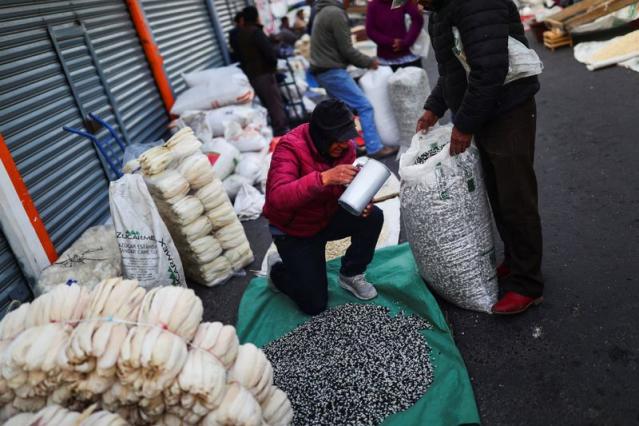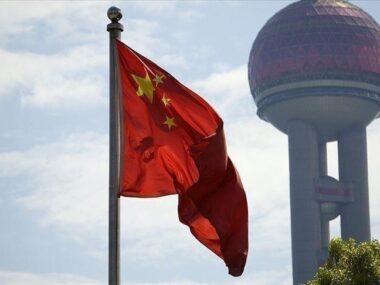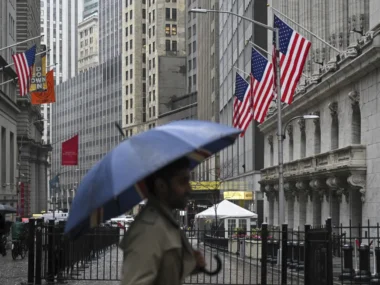Jan 23 (Reuters) – Mexico’s annual inflation rate in early January dropped to its lowest point in nearly four years, according to official data released Thursday. This decline could motivate the central bank to continue lowering interest rates.
The 12-month headline inflation rate fell to 3.69%, its lowest since February 2021, as reported by statistics agency INEGI. This figure is within the central bank’s target range of 3%, plus or minus one percentage point, and below both December’s 4.44% and the 3.78% forecast by economists surveyed by Reuters.
The slowdown in consumer price growth was largely attributed to reduced non-processed food costs, which offset a slightly higher-than-expected rise in the core index. The core index, which excludes volatile energy and food prices, is considered a more stable measure of inflation.
In December, Banxico (Mexico’s central bank) implemented its fifth interest rate cut of the year, reducing the benchmark rate by 25 basis points to 10.00%, citing progress in controlling inflation. The bank’s board hinted at the possibility of further and larger rate cuts. However, some economists caution that rising core prices and external pressures could complicate efforts to accelerate monetary easing.
“With the U.S. Federal Reserve likely pausing its cutting cycle and uncertainty over tariffs, we expect Banxico to deliver another 25-basis-point cut,” said Kimberley Sperrfechter, an emerging markets economist at Capital Economics. Mexico may also face additional price pressures due to threats of tariffs and deportations from the U.S.
In early January, core inflation rose by 0.28%, with the annualized core rate reaching 3.72%, surpassing both market expectations of 3.68% and December’s 3.62%. Andres Abadia, chief Latin America economist at Pantheon Macroeconomics, highlighted concerns about rising core prices and other challenges facing Banxico.











